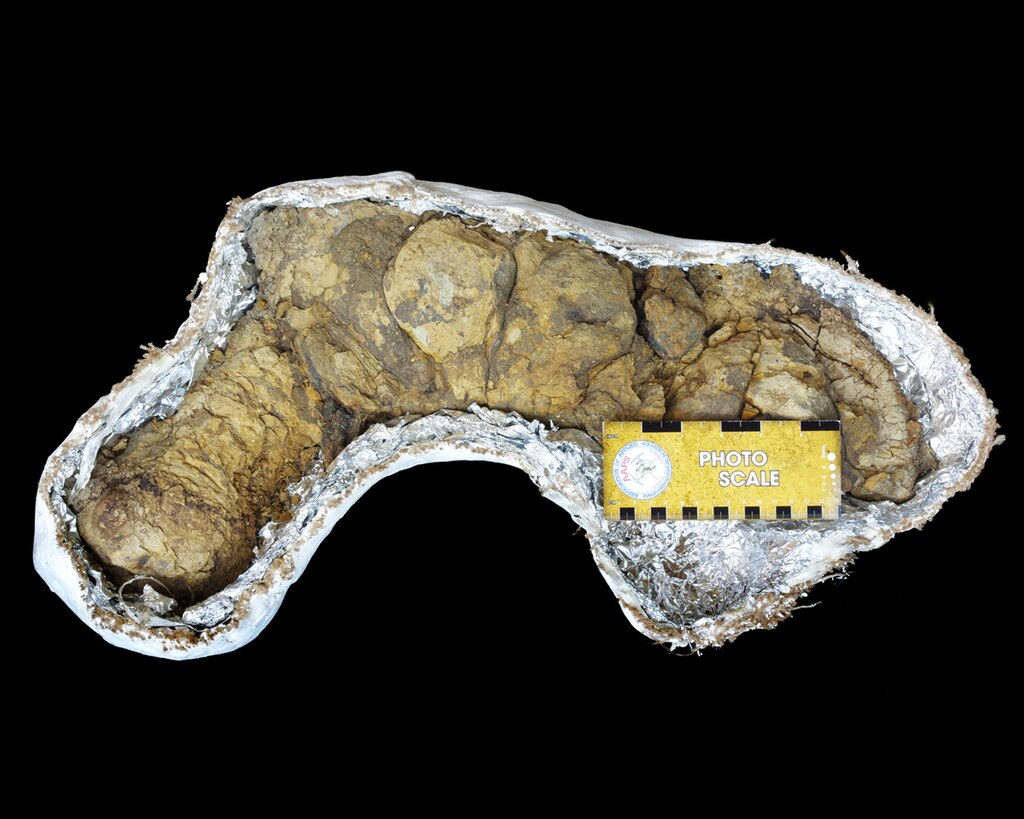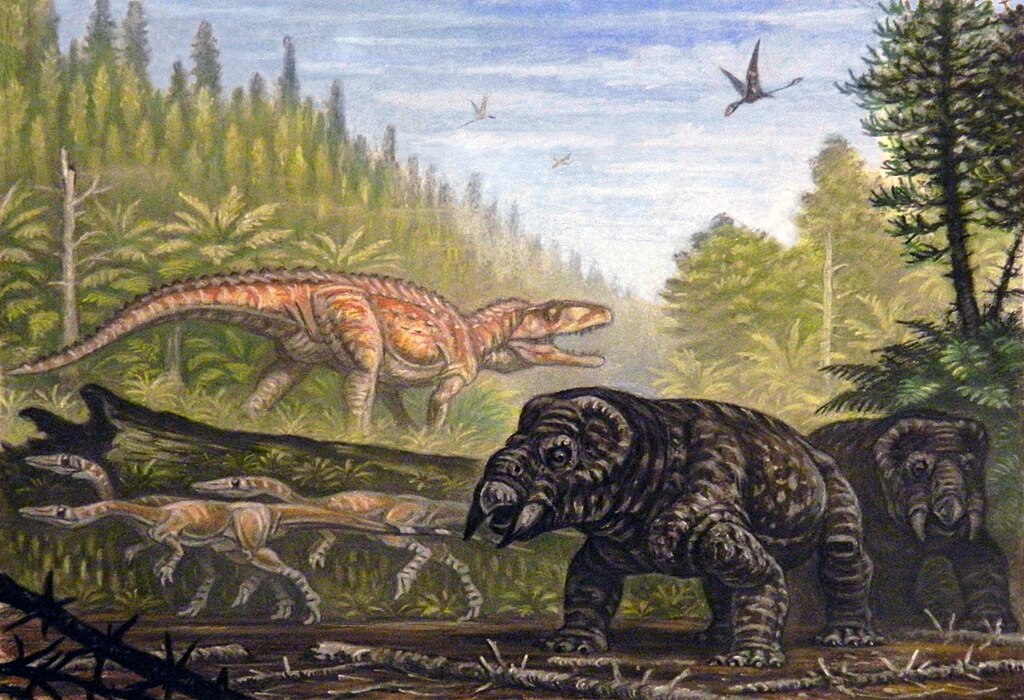Paleontologists have long studied dinosaur bones, teeth, and footprints to understand these magnificent creatures that roamed Earth millions of years ago. However, one fascinating and often overlooked aspect of dinosaur biology is their digestive processes—specifically, how dinosaurs pooped. Through the scientific study of fossilized feces, known as coprolites, researchers have gained remarkable insights into dinosaur diets, digestive systems, and even behavior patterns. These prehistoric “bathroom breaks” preserved in stone provide a direct window into the daily lives of dinosaurs that skeletal remains alone cannot offer.
What Are Coprolites and How Do They Form?

Coprolites are fossilized feces that have undergone mineralization over millions of years, preserving the waste products of ancient animals, including dinosaurs. The formation process begins when fecal matter is rapidly buried in sediment, creating an oxygen-poor environment that slows decomposition. Over time, minerals in groundwater, particularly silica, calcium carbonate, and iron compounds, gradually replace the organic material through a process called permineralization. This transformation effectively turns the soft organic waste into stone while preserving its original shape, size, and sometimes even internal contents. Paleontologists can identify true coprolites from pseudo-coprolites (inorganic structures that merely resemble feces) through detailed chemical analysis and microscopic examination of their internal structure.
The First Coprolite Discoveries
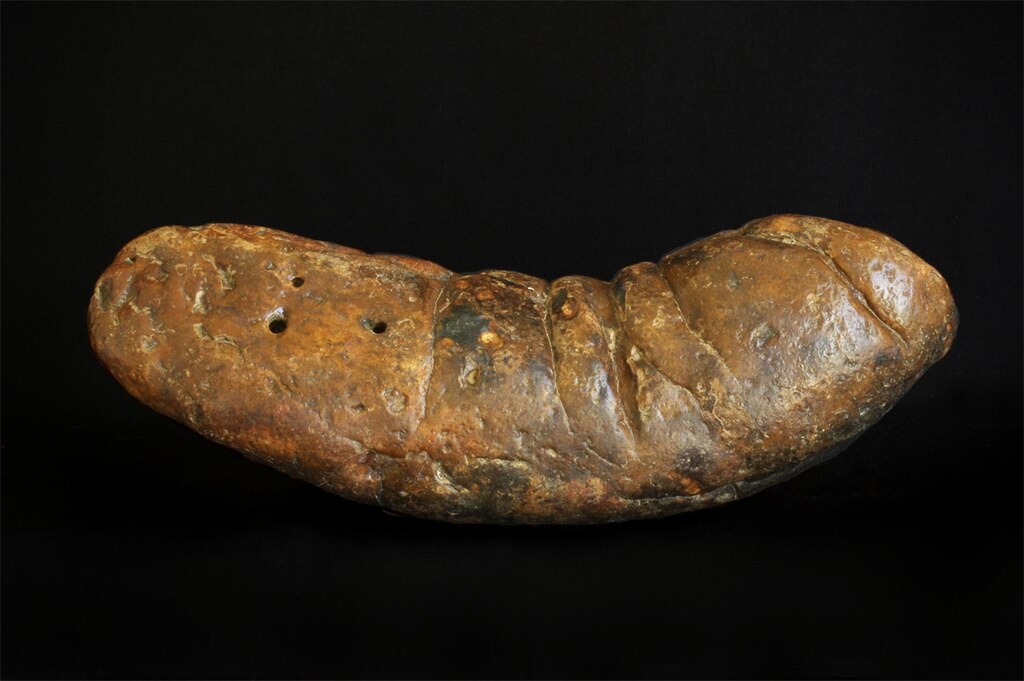
The scientific recognition of coprolites has a fascinating history dating back to the early 19th century. British geologist William Buckland first identified fossilized feces in 1829 while studying ancient hyena dens. He initially called these specimens “fossil fir cones” before realizing their true nature. The term “coprolite” was later coined by Buckland, derived from the Greek words “kopros” (dung) and “lithos” (stone). Early paleontologists were often reluctant to study such unglamorous fossils, focusing instead on bones and teeth. However, by the mid-1800s, scientists began to appreciate the valuable information contained in these fossilized fecal remains. The first definitively identified dinosaur coprolites weren’t recognized until the early 20th century, marking a significant turning point in paleoscatology—the study of ancient fecal matter.
How Paleontologists Identify Dinosaur Droppings

Identifying genuine dinosaur coprolites requires meticulous scientific detective work. Researchers analyze the fossils’ size, shape, and geological context to determine their origin. Dinosaur coprolites typically exhibit distinctive morphological features like spiral markings (from intestinal passage), pinched ends, or characteristic compression patterns. Chemical analysis plays a crucial role in confirmation, as coprolites contain elevated levels of phosphates and calcium from digestive processes. Scientists also search for bone fragments, plant matter, or other undigested materials within the coprolites. Advanced techniques such as CT scanning allow non-destructive examination of internal structures, while scanning electron microscopy can reveal microscopic details of undigested food particles. Cross-referencing coprolite locations with known dinosaur habitats and fossil remains helps further validate their origins.
Size and Shape Variations in Dinosaur Coprolites
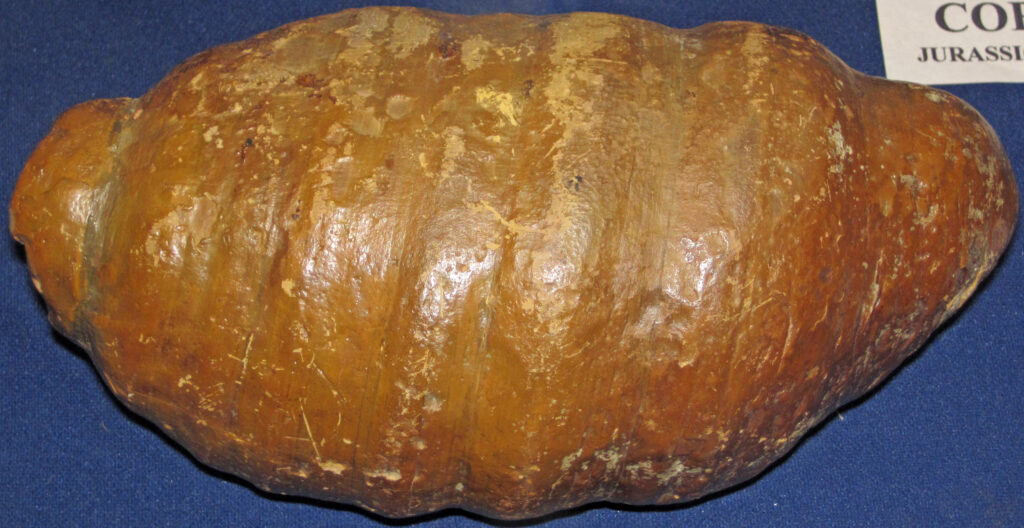
Dinosaur coprolites display remarkable diversity in size and morphology, directly reflecting the varying physiology of different dinosaur species. The largest confirmed dinosaur coprolites measure over 40 centimeters (15.7 inches) in length and are attributed to massive sauropods like Brachiosaurus or Diplodocus. In contrast, coprolites from smaller theropods might be just a few centimeters long. The shape of dinosaur droppings varied significantly based on digestive anatomy—herbivorous dinosaurs typically produced more voluminous, less structured droppings with visible plant material, while carnivorous species left more compact, cylindrical specimens often containing bone fragments. Some herbivore coprolites show distinctive flattening on one side, suggesting they were soft when deposited and deformed under their weight. The most dramatic variations appear in ceratopsians and hadrosaurs, whose coprolites suggest they had highly efficient digestive systems producing distinctively segmented waste.
What Dinosaur Poop Reveals About Diets
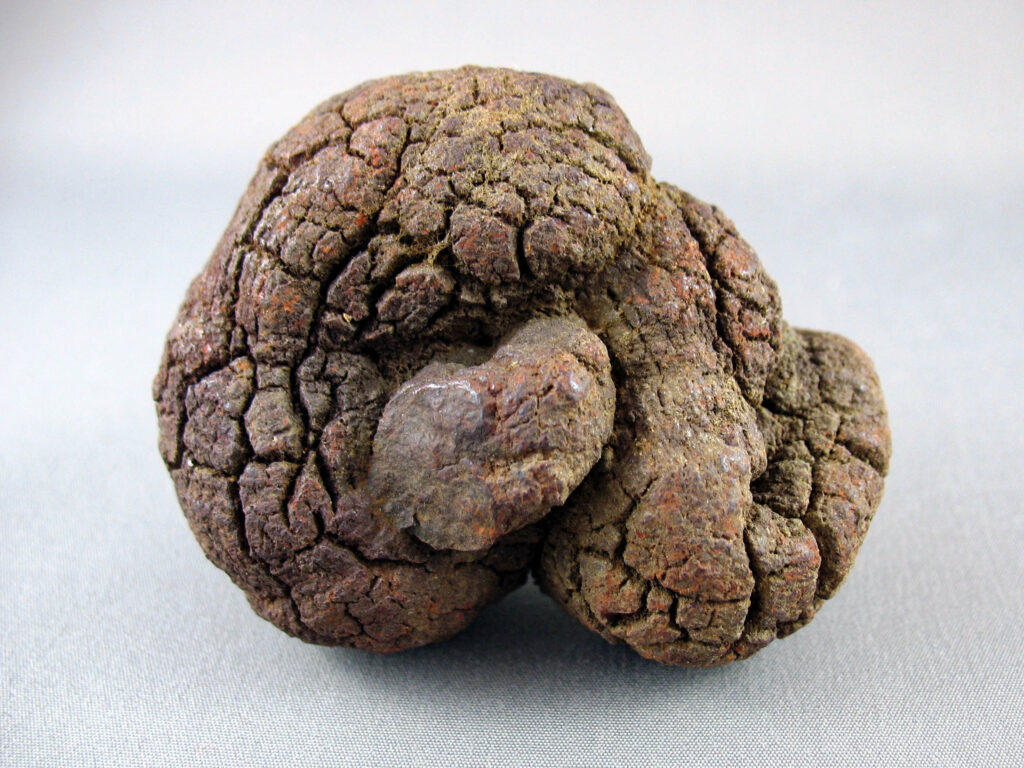
Coprolites serve as time capsules of dinosaur dietary habits, containing undigested food particles that provide direct evidence of what these creatures consumed. Carnivorous dinosaur coprolites frequently contain crushed bone fragments, scales, or teeth, revealing not only what they ate but how thoroughly they processed their food. A famous example from western Canada contained partially digested muscle tissue and bone fragments from a juvenile dinosaur, confirming predatory behavior. Herbivore coprolites tell an equally fascinating story, often containing identifiable plant tissues including cell structures, pollen grains, and phytoliths (microscopic silica structures formed in plant tissues). By analyzing these plant remains, scientists can reconstruct ancient ecosystems with remarkable precision. Some coprolites have even revealed surprising dietary flexibility—a specimen attributed to a Tyrannosaurus rex contained crushed plant material, suggesting opportunistic omnivorous behavior rather than strict carnivory.
Digestive Efficiency in Different Dinosaur Groups
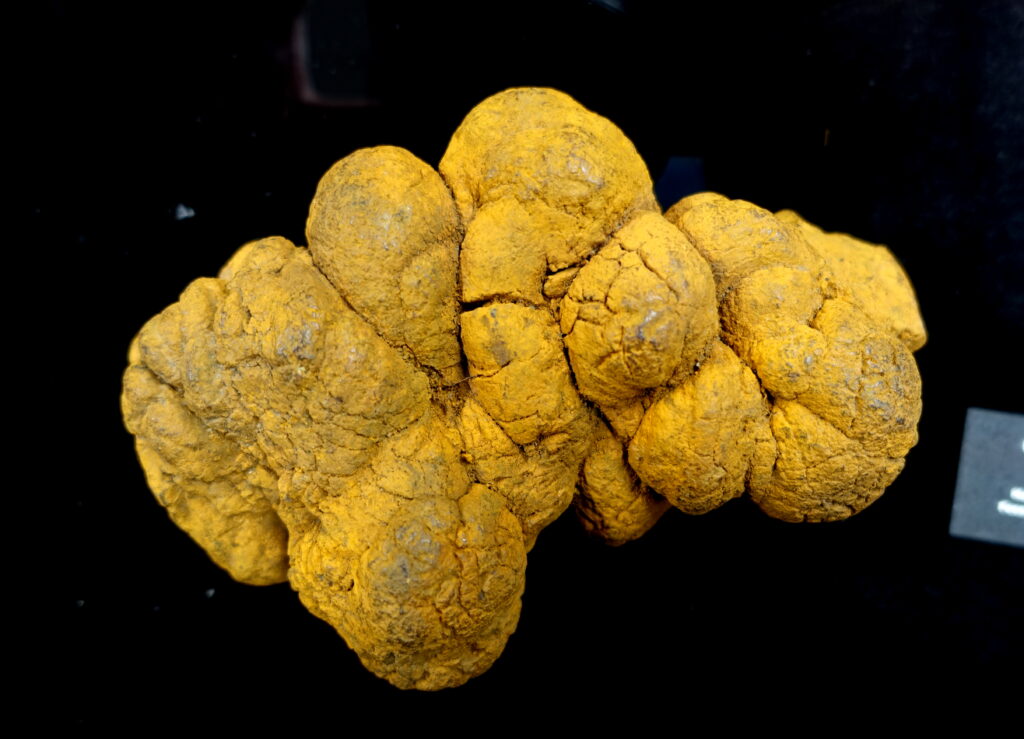
The study of coprolites has revolutionized our understanding of dinosaur digestive physiology, revealing significant variations in digestive efficiency across different taxonomic groups. Sauropods, despite their massive size, appear to have had relatively inefficient digestive systems, producing coprolites with large amounts of partially processed plant material. This suggests they compensated for poor digestion with massive food intake and gut fermentation. In contrast, ornithischian dinosaurs (including hadrosaurs and ceratopsians) developed highly sophisticated grinding dentition and efficient digestive tracts. Their coprolites show finely processed plant matter, indicating thorough digestion similar to modern ruminants. Theropod carnivores demonstrate yet another pattern, with coprolites showing extensive bone dissolution from powerful stomach acids that could break down even large skeletal elements. The most efficient digesters appear to have been small ornithopods, whose coprolites contain minimal recognizable plant material, suggesting near-complete extraction of nutrients.
The Largest Dinosaur Droppings Ever Found
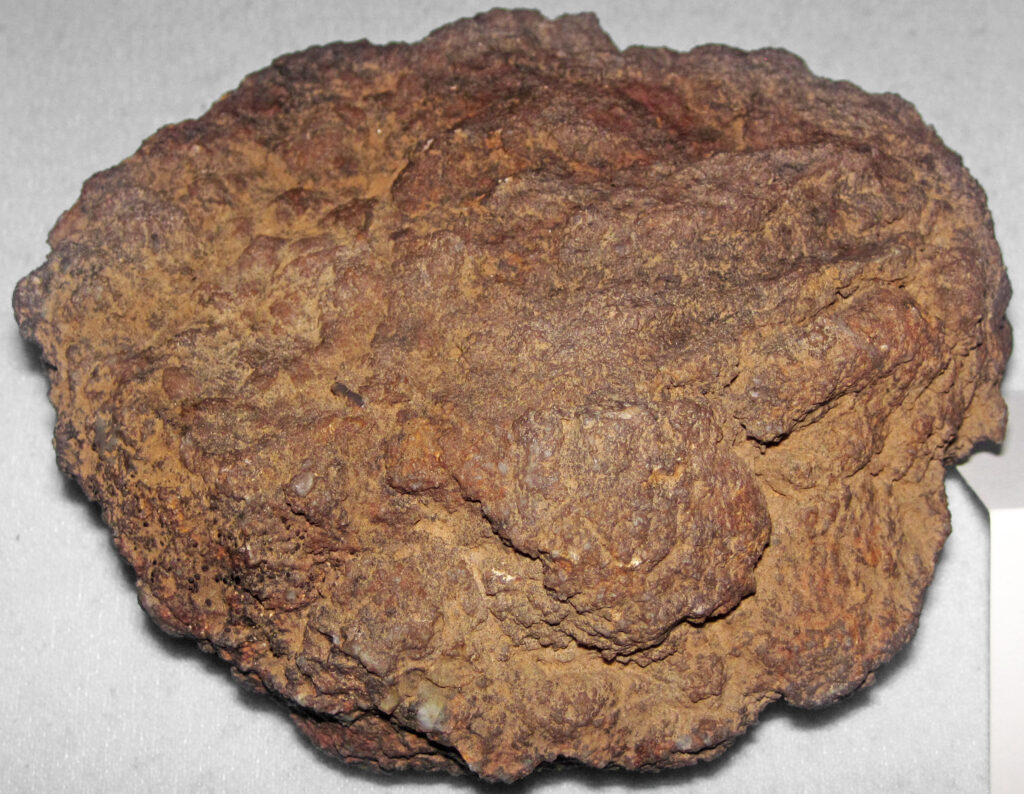
The record for the largest verified dinosaur coprolite belongs to a specimen discovered in Saskatchewan, Canada, measuring an impressive 44 centimeters (17.3 inches) in length and roughly 15 centimeters (5.9 inches) in diameter. This massive fossilized dropping, dating to the Late Cretaceous period approximately 75 million years ago, is attributed to a large tyrannosaur, possibly Tyrannosaurus rex or a related species. The sheer volume suggests the dinosaur’s substantial size and its capacity to consume enormous quantities of food. Another noteworthy large coprolite deposit was discovered in Argentina in 2013, consisting of multiple massive droppings believed to have been produced by a herd of titanosaur sauropods. The deposit covered several square meters and contained hundreds of individual coprolites, providing unprecedented insight into herd behavior. These exceptional specimens offer valuable data points for calculating food processing rates and metabolism in the largest land animals that ever lived.
Evidence of Dinosaur Diseases and Parasites

Coprolites serve as treasure troves of information about the health challenges dinosaurs faced, preserving evidence of parasites and diseases that affected these ancient creatures. Microscopic examination has revealed fossilized eggs of intestinal parasites in several dinosaur coprolites, including nematodes (roundworms) and trematodes (flatworms) that would have caused digestive distress. A particularly well-preserved coprolite from a Late Cretaceous hadrosaur contained evidence of five different parasitic organisms, suggesting heavy infestation. Beyond parasites, some coprolites show evidence of gastrointestinal disorders through unusual consistency, coloration, or chemical composition. Diarrhea-like specimens with high water content and poor structure indicate acute digestive distress in some individuals. In several cases, coprolites contain abnormally high concentrations of certain minerals that may indicate metabolic disorders or nutritional stress. These discoveries provide a unique window into the evolutionary arms race between dinosaurs and their parasites, adding a new dimension to our understanding of prehistoric ecosystems.
How Dinosaur Droppings Affected Ancient Ecosystems

Dinosaur excrement played a vital ecological role in Mesozoic environments, functioning as a critical nutrient transfer mechanism across ecosystems. The massive quantities of waste produced by herds of large dinosaurs would have created localized nutrient hotspots, enriching soils with nitrogen, phosphorus, and other essential elements. These nutrient-rich patches likely supported specialized plant communities adapted to capitalize on these resources. Evidence from fossilized plants found near coprolite-rich deposits shows accelerated growth patterns consistent with fertilization effects. Beyond plant nutrition, dinosaur droppings would have supported complex decomposer communities of insects, fungi, and bacteria. Fossilized dung beetle burrows have been found in association with dinosaur coprolites, suggesting specialized dung-processing invertebrates evolved alongside dinosaurs. The ecological impact of dinosaur excrement was likely proportional to population density—areas with abundant dinosaurs would have experienced significant nutrient cycling through their waste, creating a complex network of ecosystem interactions driven by these biological processes.
Technological Advances in Coprolite Analysis
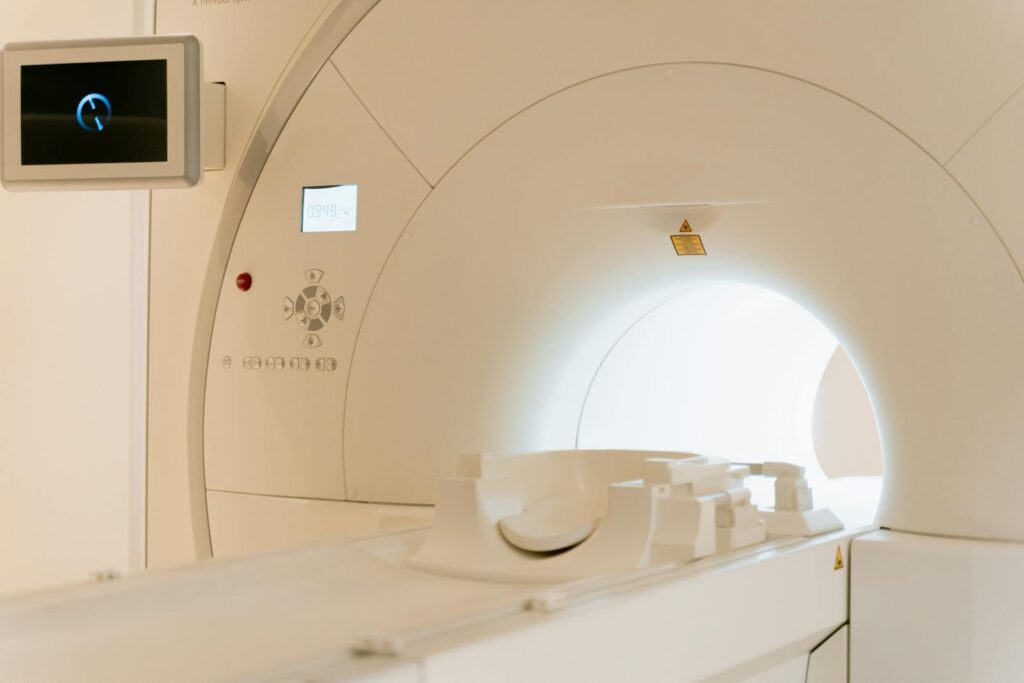
The study of dinosaur coprolites has been revolutionized by cutting-edge analytical technologies that extract unprecedented levels of information from these fossils. Non-destructive imaging techniques such as micro-CT scanning allow researchers to visualize the internal structure of coprolites without damaging the specimens, revealing previously hidden bone fragments, seeds, or other inclusions. Mass spectrometry and gas chromatography now enable scientists to identify specific chemical biomarkers that survive the fossilization process, including bile acids and sterols unique to particular animal groups, confirming the dinosaurian origin of ambiguous specimens. DNA analysis, while challenging due to degradation over millions of years, has successfully recovered short fragments of genetic material from particularly well-preserved coprolites, potentially identifying specific prey species consumed by dinosaurs. Stable isotope analysis provides insights into dinosaur metabolic processes by measuring carbon and nitrogen ratios in coprolite organic matter. These technological advances have transformed coprolites from curiosities into sophisticated data sources that contribute significantly to our understanding of dinosaur biology.
Famous Coprolite Discoveries and What They Taught Us

Several landmark coprolite discoveries have dramatically expanded our knowledge of dinosaur biology and behavior. The Willow Creek coprolite, discovered in southwestern Saskatchewan in 1998, contained partially digested Triceratops bone fragments, providing direct evidence that Tyrannosaurus rex actively hunted rather than merely scavenged. The Karen Chin coprolites, named after the paleontologist who studied them, revealed that some Late Cretaceous herbivores deliberately consumed rotting wood to access nutrient-rich fungi and insects, suggesting complex feeding strategies beyond simple plant consumption. A remarkable coprolite collection from the Two Medicine Formation in Montana preserved evidence of seasonal dietary shifts in hadrosaurs, with different plant compositions appearing in specimens from different stratigraphic layers. Perhaps most fascinating was the 2017 discovery of amber-preserved coprolites from the Cretaceous period, which contained perfectly preserved insect remains and fungal spores that provided unprecedented insights into the forest floor ecosystems where small dinosaurs foraged.
Comparing Dinosaur Poop to Modern Animal Droppings
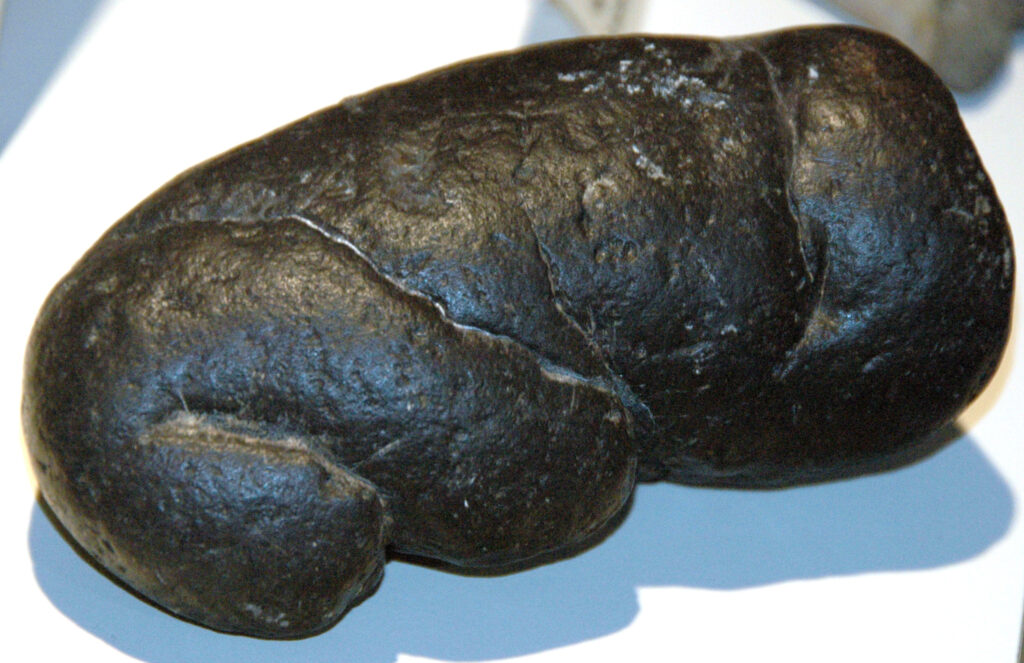
Comparative analysis between dinosaur coprolites and modern animal droppings offers valuable insights into dinosaur physiology and evolutionary relationships. Modern birds, as direct descendants of theropod dinosaurs, produce waste with distinctive white uric acid crystals mixed with fecal matter—a characteristic absent in most dinosaur coprolites, suggesting this feature evolved later in the avian lineage. Reptiles like crocodilians, another close relative of dinosaurs, produce more segmented droppings with high uric acid content but lower processing efficiency than seen in many herbivorous dinosaur coprolites. Among modern mammals, elephants provide perhaps the closest analog to sauropod dinosaurs in terms of size and herbivorous diet, though their droppings show more thorough digestion than most sauropod coprolites, indicating dinosaurs likely had less efficient digestive systems despite their massive size. These comparative studies help scientists reconstruct the evolutionary development of digestive adaptations across vertebrate lineages and place dinosaur physiology in proper context within the tree of life.
Misconceptions About Dinosaur Bathroom Habits

Popular culture has perpetuated several inaccurate ideas about dinosaur excretion that scientific evidence contradicts. Perhaps the most common misconception is that dinosaur droppings would have been uniformly enormous, while sauropods certainly produced substantial waste, smaller dinosaurs left appropriately scaled droppings that wouldn’t appear remarkable compared to modern large animals. Another widespread error is the assumption that all dinosaurs produced similar waste; in reality, the diversity of dinosaur digestive systems created a wide variety of coprolite forms, from the fibrous, loosely structured droppings of sauropods to the compact, bone-filled scat of theropods. Many assume dinosaurs, like most modern reptiles, produced waste containing substantial uric acid crystals, but evidence suggests many dinosaur lineages had more sophisticated waste separation mechanisms. The notion that dinosaurs mindlessly defecated wherever they stood is contradicted by evidence of communal defecation grounds in some species, similar to behavior observed in modern elephants and rhinos. These scientific corrections provide a more nuanced understanding of dinosaur biology beyond simplistic pop-culture representations.
Conclusion

The study of dinosaur coprolites represents a fascinating intersection of paleontology, biology, and ecology that continues to yield surprising insights into prehistoric life. These fossilized droppings provide direct evidence of diet, digestive efficiency, parasitic interactions, and even social behaviors that would otherwise remain speculative. As analytical techniques continue to advance, coprolites will undoubtedly reveal even more secrets about how dinosaurs lived and functioned as biological organisms. Far from being merely a curiosity or punchline, dinosaur poop represents a legitimate and valuable scientific resource—tangible evidence of biological processes that connected these magnificent creatures to their environments through the most fundamental aspects of animal life. In the continuing quest to understand dinosaurs as living, breathing animals rather than just fossilized skeletons, coprolites provide some of our most intimate glimpses into their daily existence.

